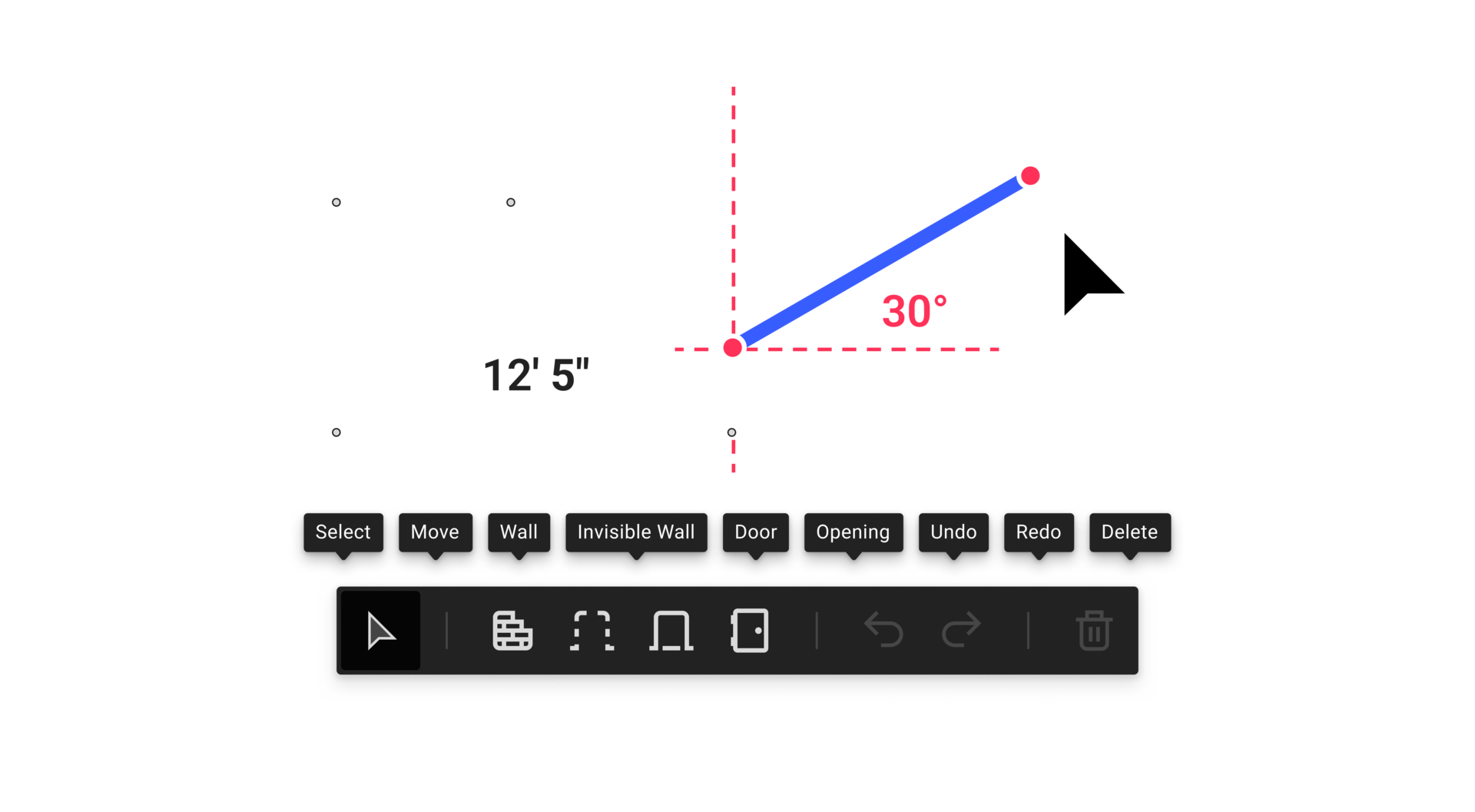Overview
Matterport Object Detection automatically recognizes about one hundred types of furnitures, appliances, and fixtures installed at residential and commercial properties during the property scanning process. Once the scan is completed, it automatically tags recognized items in the scene.
Target users
- Real estate agents
- Commercial space managers
- Hotel and condo property managers
Problems to Solve
For real estate agents, it is important to highlight valuable appliances in the property. However, they usually do not have time to manage tags in Matterport Showcases. Matterport Object Detection automatically highlights important objects by tagging them in Matterport Showcase.
Commercial space managers always want to quickly understand their store layouts without spending too much time researching. For example, Total Wine and More wants to know where the featured sections and special display cabinets are located in each store quickly. Home Depot wants to know how many shelves are installed in specific locations. Matterport Object Detection can easily provide answers to these tricky questions.
Hotel and condo property managers do not need to spend time promoting their room features in Matterport Showcase anymore. Matterport Object Detection automatically recognizes and tags amenities in rooms such as refrigerators, lamps, sofas, microwaves, windows, and many more. Choice Hotel, for example, has manually tagged about twenty items per room. Tagging items in a single room could take up to 30 minutes, including time for cross-checking. Matterport Object Detection cuts out that time down to near zero.
Goals
As the earliest Property Intelligence project, Object Detection had several north star goals on its backburner. Eventually, these goals branched out as new projects because each goal was too broad to be addressed in a single project. Here are four high-level phases and goals that we set at the beginning:
Phase 1: Detect furnitures, appliances, and fixtures.
In early 2022, we launched a private beta with MVP features, and it received a significant amount of positive feedback, primarily due to its fine accuracy.
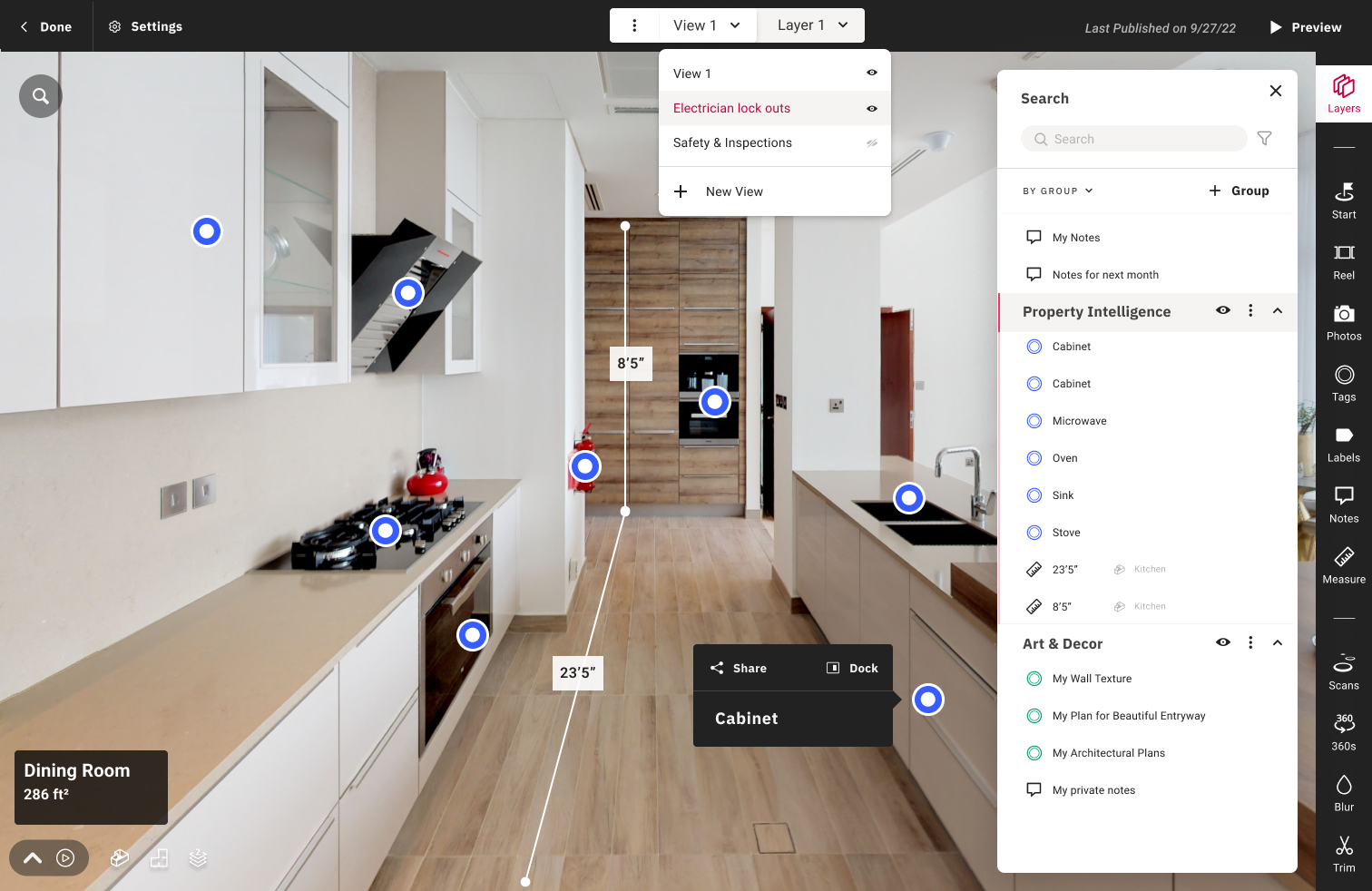
Phase 2: Resurface and redesign objects in the scene.
When we surveyed Property Intelligence, one of the most wanted features was the ability to change walls and floor designs in the model. Although it wasn't planned in the MVP, we made sure to include this feature in the next phase. As of 2024, we are in the early development stage of an AI-driven property redesign product.
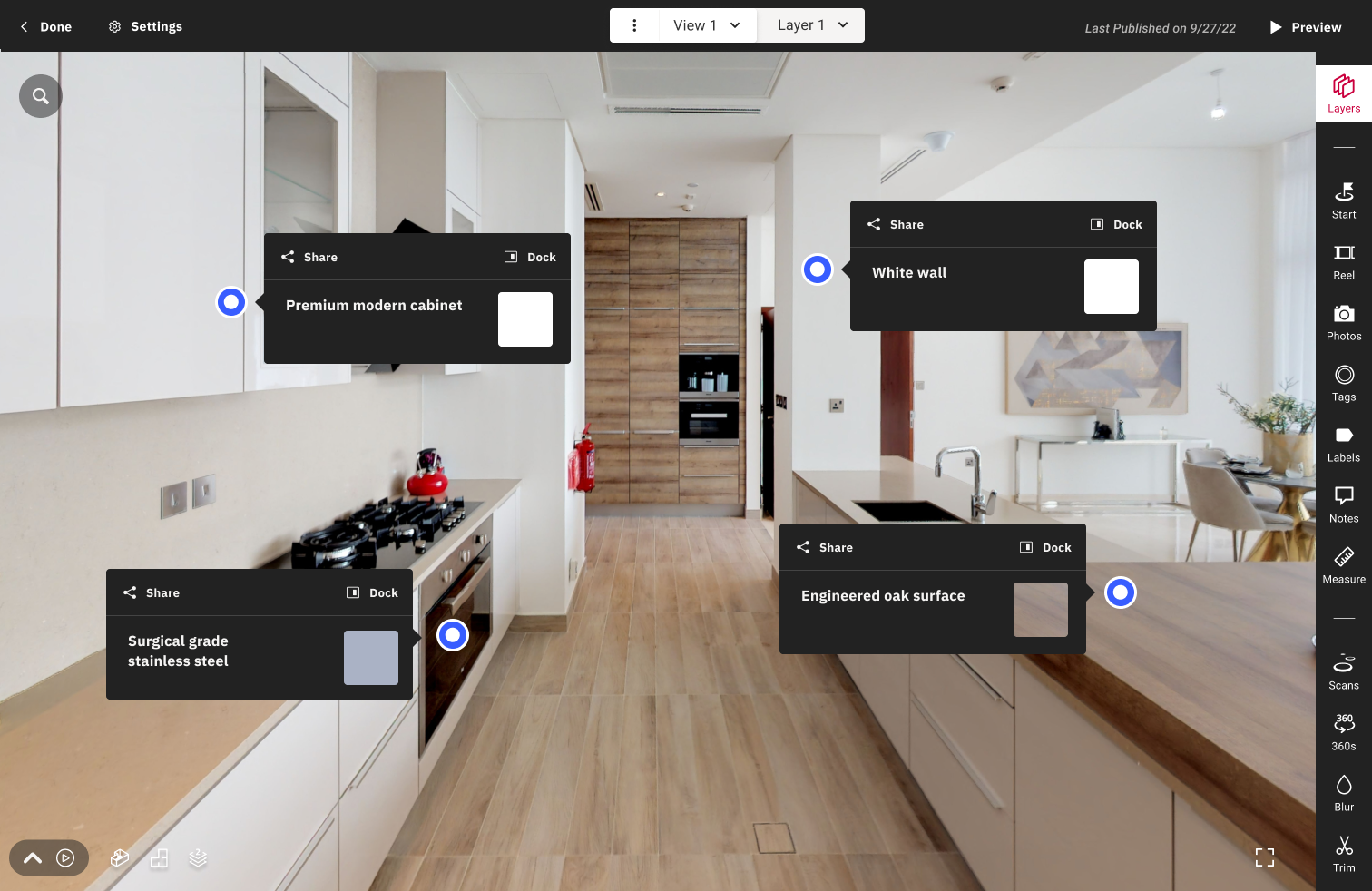
Phase 3: Provide information about ADA compliant property features.
In 2022, Matterport’s Property Intelligence played a crucial role in creating a new category called 'Adapted'. The technology analyzed and verified a collection of Airbnb homes to ensure they met accessibility standards for guests with mobility needs. Our goal is to transform this one-time project into a solid product that can assist any property owners needing to verify ADA standards.
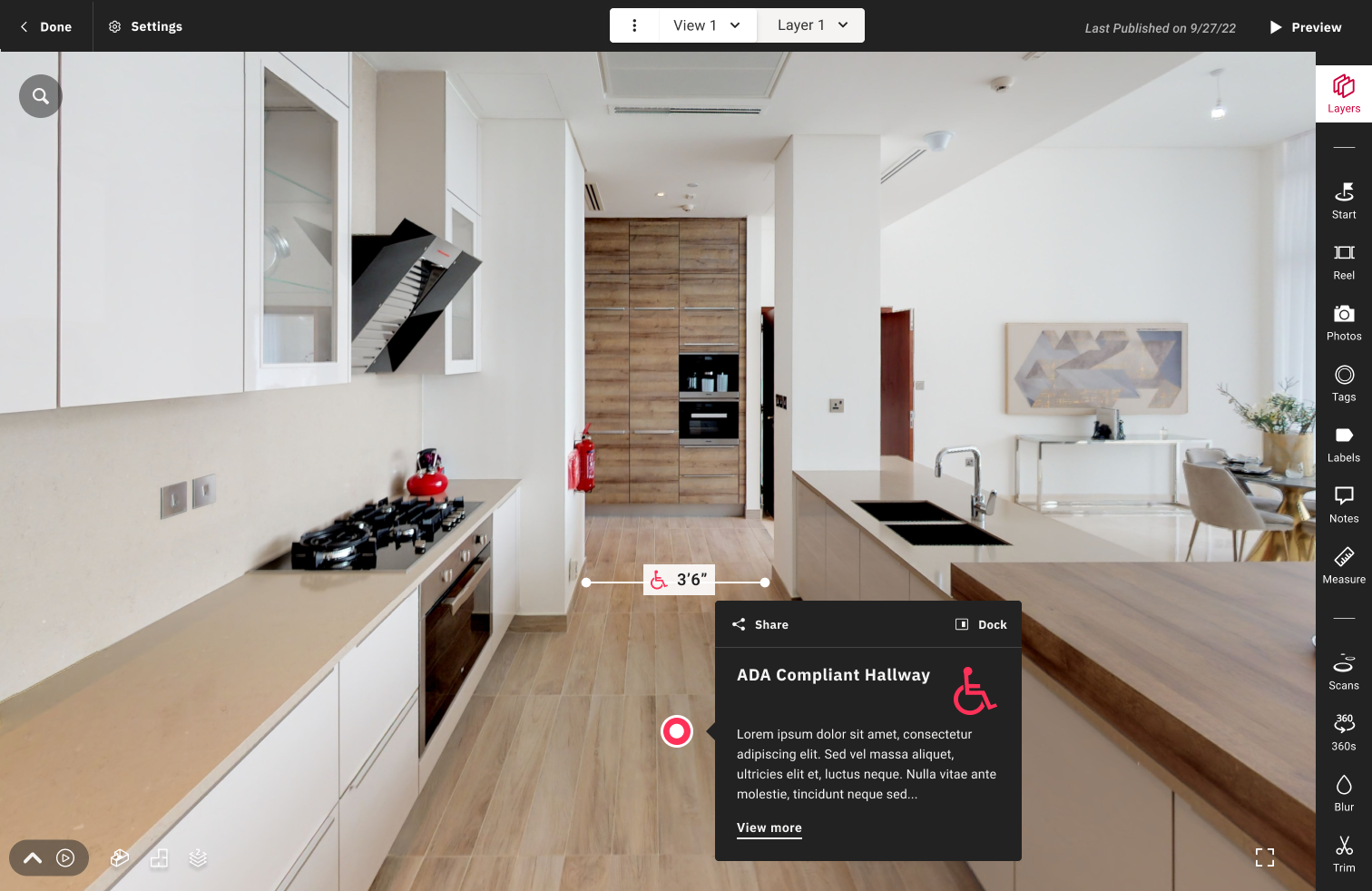
Phase 4: Connect IoT devices and generate live analyses report on the fly.
This is an ambitious goal to add real-time communication protocols to the Matterport ecosystem. Once established, we expect to connect various devices that aid house automation to Matterport and manage them in the 3D scene. It will significantly improve the user experience of property management.
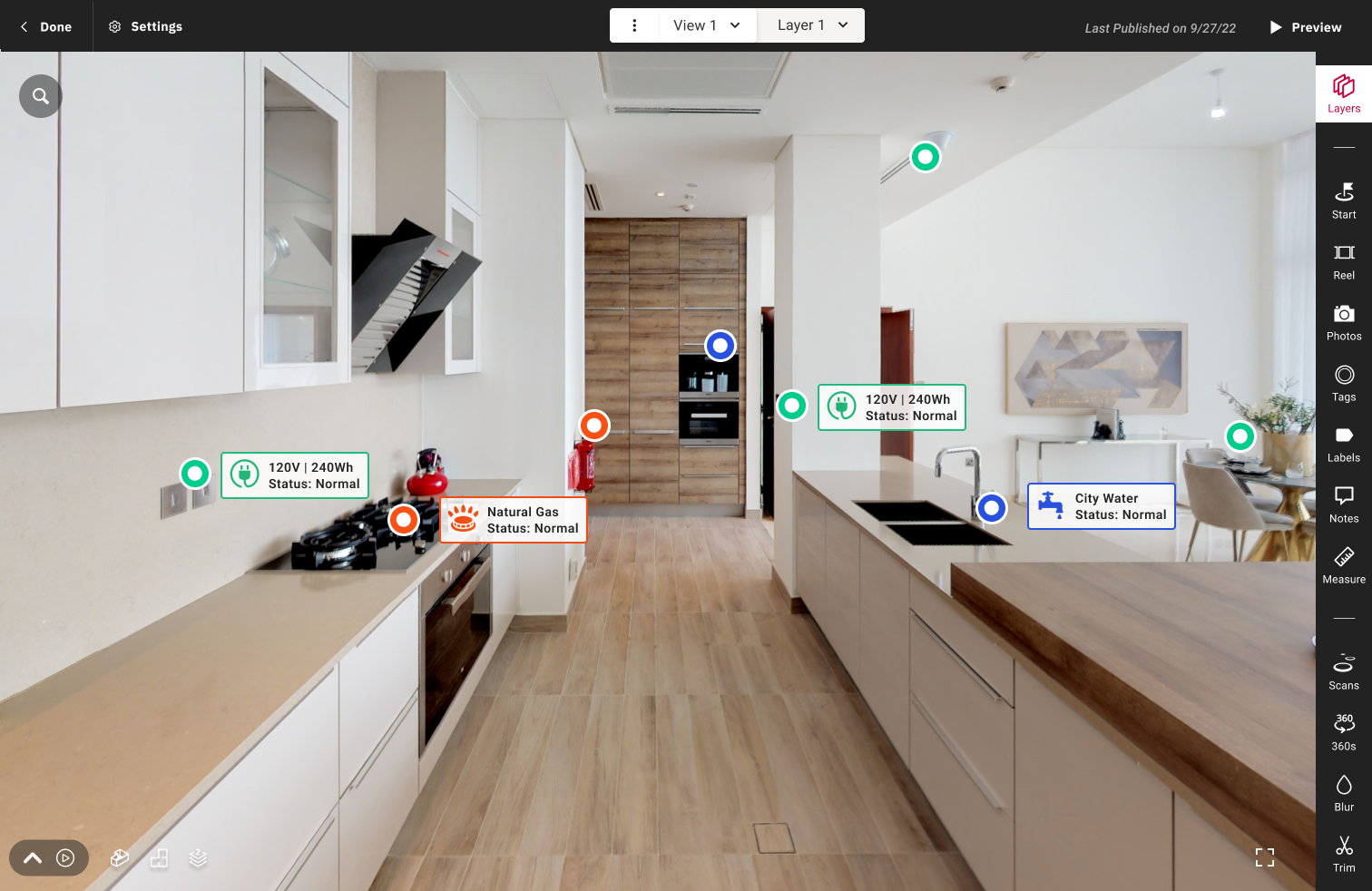
Challenges and Solutions
1. How to train AI – issues about focused segments
The biggest challenge was using the same AI for both residential and commercial properties. When we focused more on objects in residential properties, the accuracy on objects in commercial properties decreased, and vice versa. Initially, we attempted to balance and satisfy both segments; however, it proved to be more challenging than expected. We decided to optimize for residential properties first and enhance commercial properties later. This decision was based on our key clients and target markets, and it is one of the major reasons it is still in the beta stage.
2. How to differentiate auto-generated tags from user-generated tags
Sometimes, the AI recognizes and creates too many tags in a space, making the scene appear overly crowded. Users wanted an easy way to separate and edit auto-generated tags. We introduced the concept of layers, similar to Photoshop and Illustrator, where a single layer can contain multiple tag items. Auto-generated tags are initially assigned to a special layer for object detection results. Users can edit layers later if they want. (Layers are a separate project that we do not cover here.)
Final Design (Beta)
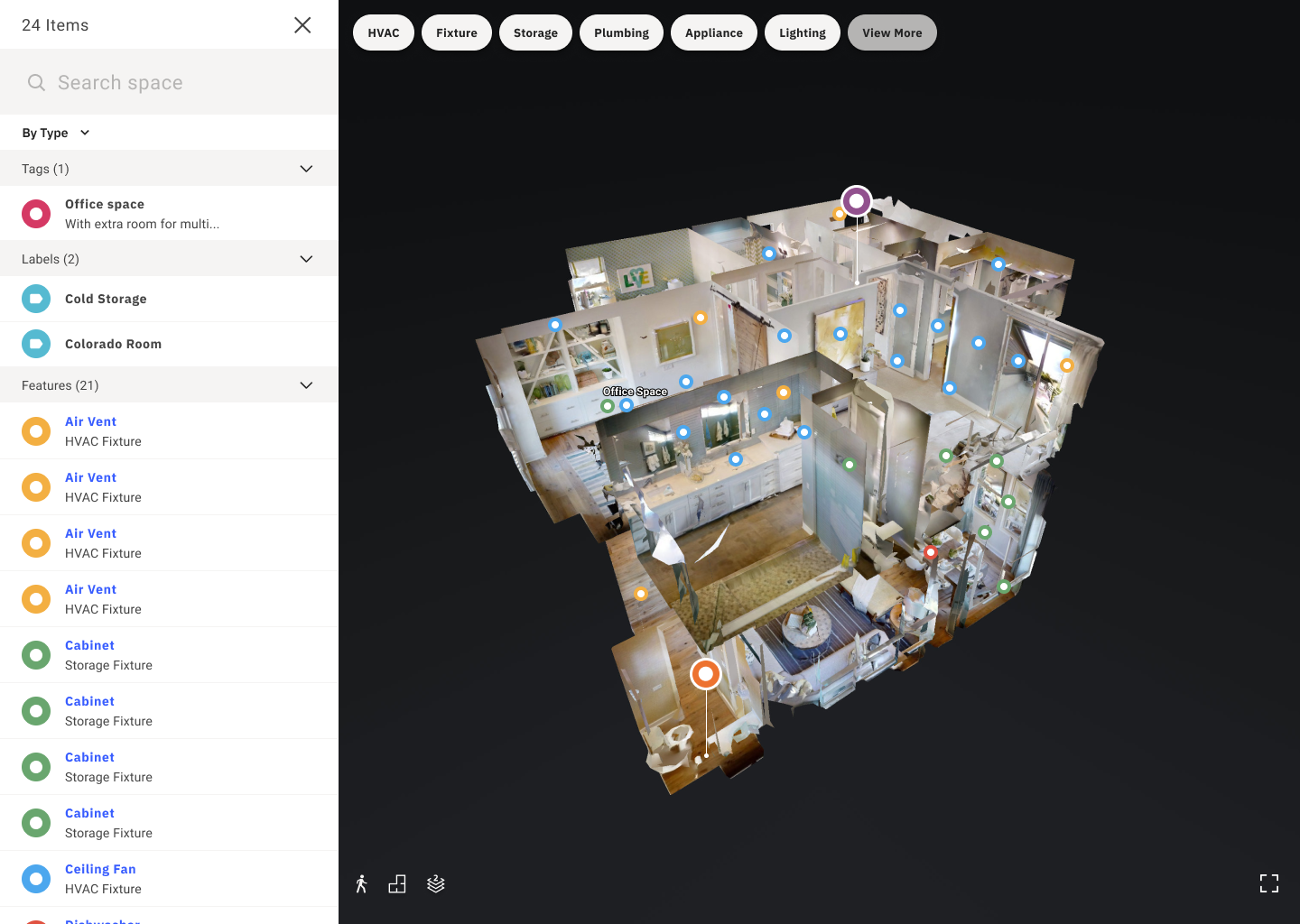
Future Roadmap
Matterport Object Detection holds a special place among the company's AI-powered products. It was the first product from the Property Intelligence project that paved the way for other AI products such as Automatic Floor Plan and Automatic Designer. Although there is no scheduled release date for Object Detection at this moment, it has already played a significant role by inspiring the entire organization to progress with Matterport Cortex AI.

